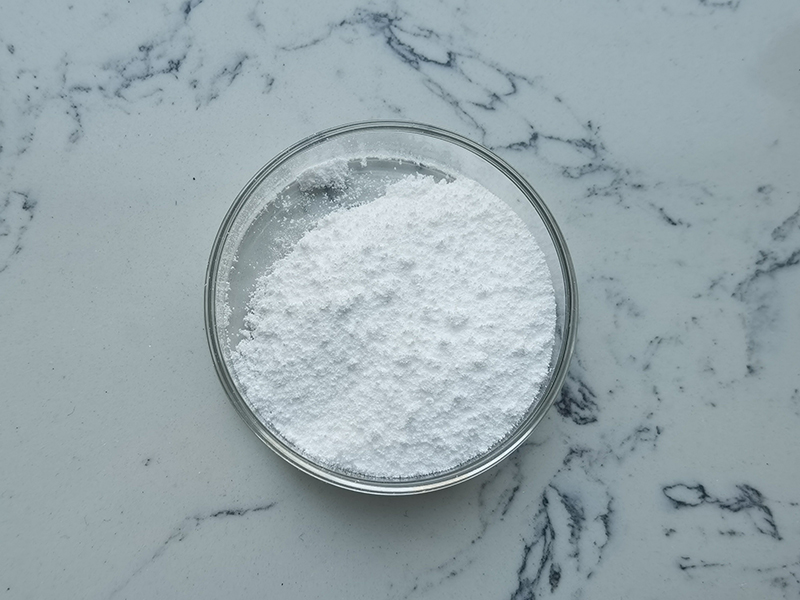2-Deoxy-D-Ribose is a sugar molecule, specifically a deoxyribose, that forms the sugar backbone of deoxyribonucleic acid (DNA). It is a pentose sugar (five-carbon sugar) and differs from D-Ribose (found in RNA) by the absence of a hydroxyl (-OH) group at the 2′ carbon position, which is replaced by a hydrogen (-H).
Chemical Properties of 2-Deoxy-D-Ribose
- Molecular Formula: C₅H₁₀O₄
- Molar Mass: 134.13 g/mol
- Structure: Furanose (five-membered ring) or open-chain form
- Key Functional Groups: Aldehyde (-CHO) in its open form
Biological Importance of 2-Deoxy-D-Ribose
- DNA Backbone: 2-Deoxy-D-Ribose forms part of DNA’s sugar-phosphate backbone, linking with phosphate groups and nitrogenous bases (adenine, thymine, guanine, cytosine).
- Stability: The absence of the 2′-OH group makes DNA more chemically stable than RNA, preventing rapid degradation.
Would you like more details on its synthesis, role in metabolism, or structural differences from ribose?

How to use 2-Deoxy-D-Ribose?
2-Deoxy-D-Ribose is a sugar molecule that plays an important role in biochemical and medical research. Here are some ways it is commonly used:
1. In Biochemical and Molecular Biology Research
- As a Precursor for DNA Synthesis: 2-Deoxy-D-Ribose is a key component of deoxyribonucleotides, which form DNA.
- In Studies of Apoptosis (Cell Death): It can induce oxidative stress and apoptosis in certain cells, making it useful in cancer and aging research.
- For Metabolic Studies: Used to study carbohydrate metabolism and energy pathways.
2. In Pharmaceutical and Medical Applications
- Cancer Research: Due to its role in apoptosis, it is studied for potential applications in cancer treatment.
- Antiviral and Antibacterial Studies: As part of nucleoside analogs, it is used in drug development, especially for antiviral medications.
- Cardiovascular Research: It has been studied in ischemia-related conditions due to its effects on oxidative stress.
3. In Chemical Synthesis
- Building Block for Nucleosides: Used in the synthesis of nucleoside analogs for antiviral and anticancer drugs.
- Glycosylation Reactions: Involved in chemical modifications and conjugations in organic synthesis.

How to Use It Safely
- Handling: Use in a well-ventilated area with gloves and eye protection.
- Storage: Keep in a cool, dry place, away from moisture and strong oxidizers.
- Concentration Considerations: When used in cell culture or biochemical experiments, concentrations vary based on the study—typically in the micromolar to millimolar range.
Would you like guidance on a specific experiment or application?
